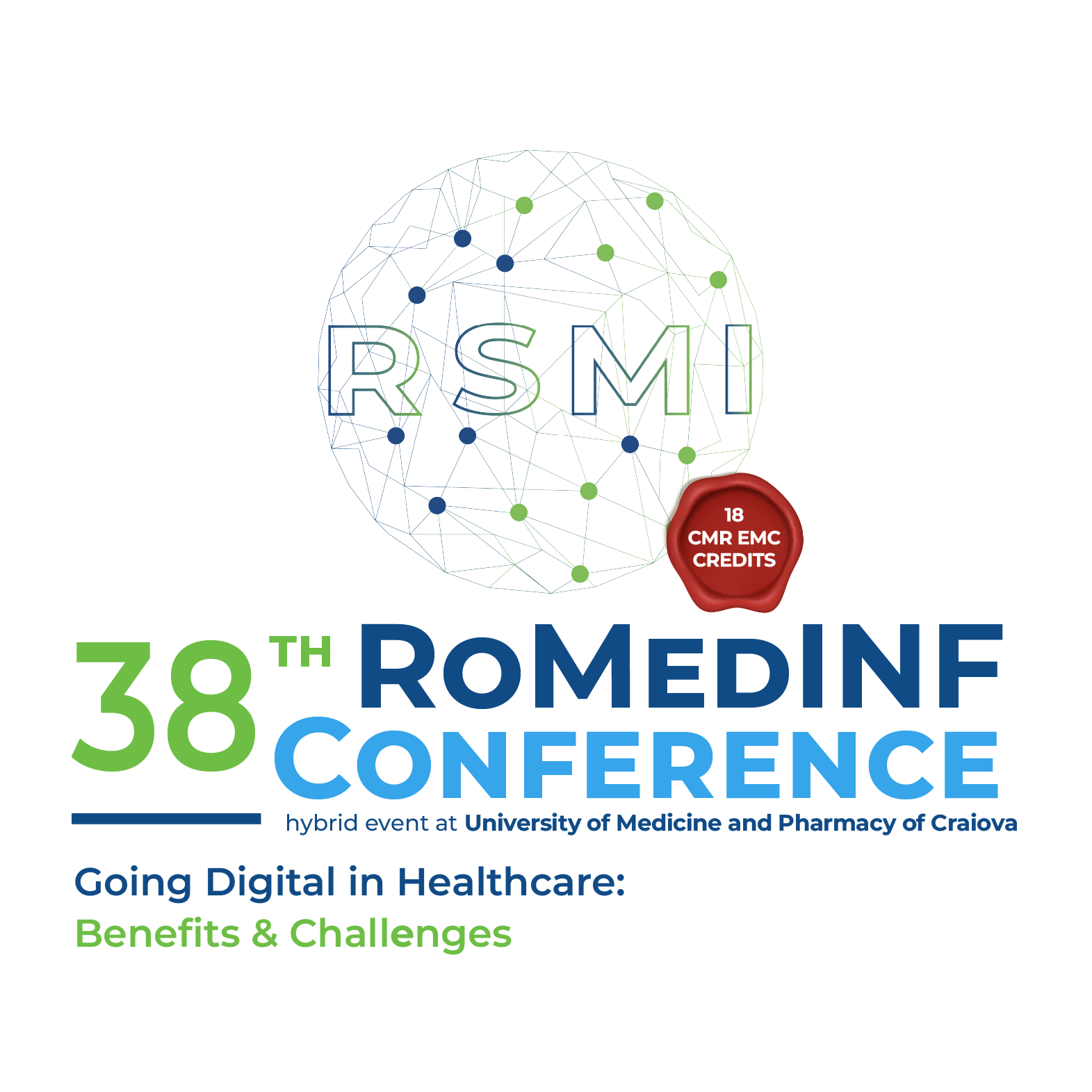Emerging Healthcare Technologies in Gastrointestinal Endoscopy: 75 Years of Evolution
Keywords:
Gastroenterology, Endoscopy, Endoscopy AI (Artificial Intelligence), Wireless Capsule Endoscopy, Diagnostic imagingAbstract
Introduction: Over the past 75 years, gastrointestinal endoscopy (GIE) has undergone remarkable transformative advancements that continue to shape its future. Material and Methods: A comprehensive literature search was conducted to gather relevant studies on emerging technologies in GIE. The databases search strategy employed a combination of keywords and Medical Subject Headings terms such as "endoscopy," "emerging technologies," "advanced imaging," "molecular imaging,". Results: The journey of GIE began in the 1950s with rigid endoscopes, followed by the introduction of fiber-optic technology and flexible scopes in the 1960s-1970s. The 1980s witnessed the emergence of digital imaging, whereas
the 21st century has been marked by High-Definition and Narrow-Band Imaging, improving mucosal visualization and lesion detection. Microscopic imaging techniques, such as Confocal Laser Endomicroscopy, Volumetric Laser and Multiphoton Endomicroscopy, Optical Coherence Tomography provide histology-like images for real-time tissue assessment without biopsies. One of the most significant advancements is AI-driven endoscopy systems (EndoBrain, NvisionVLE, EndoAngel, GI Genius). Machine learning algorithms assist in real-time polyp detection, classification, and predictive analytics, enhancing diagnostic accuracy while reducing inter-observer variability and human error. Machine learning is advancing rapidly, but clinical implementation faces challenges, such as algorithm validation, interpretability, and regulatory concerns. Robotic-assisted endoscopy (EndoMaster, Magnetically Assisted Robotic Endoscopy) provides enhanced dexterity and stability, making complex procedures safer and more efficient. In therapeutic endoscopy, Endoscopic Submucosal Dissection and Endoscopic Mucosal Resection have expanded the therapeutic scope of GIE enabling minimally invasive removal of early-stage tumors, reducing the need for surgery. Endoscopic Ultrasound has advanced to include Fine-Needle Biopsy, improving tissue sampling accuracy. Single-use endoscopes are gaining popularity for reducing the risk of infection. Capsule endoscopy has revolutionized non-invasive small intestine evaluation, with advancements such as Magnetically Controlled Capsules and Chained Flexible Capsules enhancing maneuverability and precision in visualizing the digestive tract. Future capsules will feature AI-driven lesion detection and therapeutic functions, higher-resolution imaging, wider fields of view, controllable movement bringing the concept of "swallowing the gastroenterologist" closer to reality. Conclusions: The future of GIE is driven by AI integration, molecular imaging, and robotics ushering in a new era of precision medicine. With strategic partnerships and technological integration, endoscopy’s future promises significant benefits for healthcare professionals and patients alike.
Downloads
Published
How to Cite
Issue
Section
License
Copyright (c) 2025 Irina Florina CHERCIU HARBIYELI, Elena Daniela BURTEA, Vlad IOVANESCU, Dan Nicolae FLORESCU, Ion ROGOVEANU, Dan Ionut GHEONEA, Adrian SAFTOIU

All papers published in Applied Medical Informatics are licensed under a Creative Commons Attribution (CC BY 4.0) International License.

